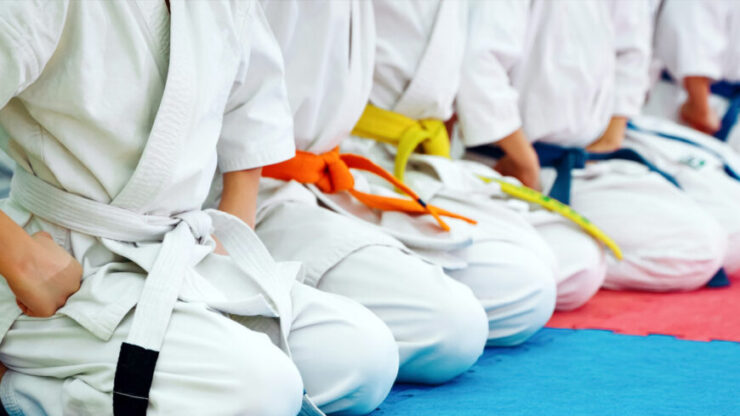Regular physical activity is an important part of a healthy lifestyle for every child. Playing sports affects the proper formation and maturation of the child’s personality. Through sports, children develop independence, make friends more easily and improve their ability to concentrate. Participation in sports, especially team sports, teaches young people teamwork, leadership, self-discipline, responsibility, and tolerance.
Healthy, nimble, dexterous, and skilled children can more easily “deal” with all the adversities and difficulties of life and can more easily perform their work and social tasks. Any sport and any physical activity activates the complete locomotor system, which is crucial for the transformation of energy, which is very necessary for the activity of all cells in the body, and sports and physical activity can be treated as determinants for the harmonious development of all the child’s characteristics.
Karate (kara – empty, te – fist, Japanese empty fist) is a type of martial art that developed in the Far East as a martial art in which body parts were used for fighting. There are no weapons in karate, but body strength is used for attack and defense. Karate is considered a noble martial art useful for the mental and physical development of a child.
Many have the wrong vision and think that karate is a sport only for “hitting”. Karate training begins and ends with a greeting. This sport is important for physical appearance, but it is also extremely important for the human psyche. It is also a test of endurance and perseverance. Ups and downs are part of life. For these and many other reasons, parents choose this particular sport for their children because they believe that in this way they will develop the skills necessary for life.
You can find more about Karate Classes For Kids if you check this site. Training martial arts are of great importance for increasing self-discipline and self-control, increasing concentration, improving motor skills and developing self-confidence. Read below how the path from white to black belt goes.
White Belt
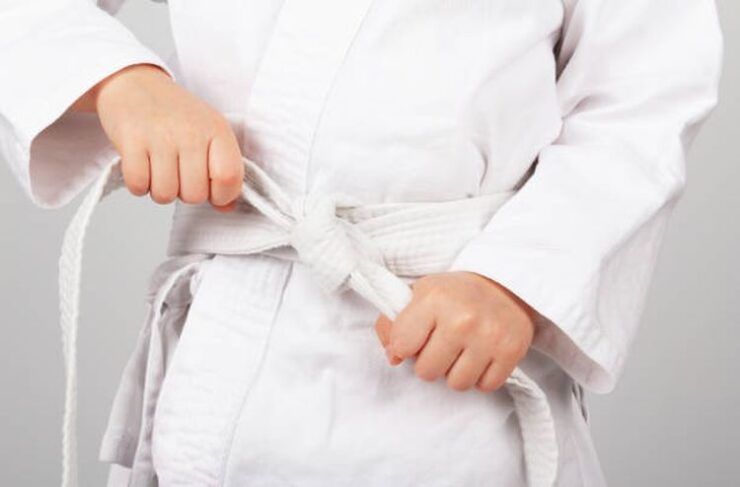
The white belt is a beginner’s one, which is given to everyone who starts training, without knowing any combat techniques and spiritual aspects. It symbolizes the birth of a new life.
Yellow Belt
This belt symbolizes light and the sun, and is the first appearance in front of the committee and the demonstration of acquired basic skills. On average, it takes six months of training to qualify for a yellow belt.
Orange Belt

Another six months have passed and it’s time to go out for the exam again. By now, the trainer is ready for new perspectives and expanding his knowledge and skills. This color symbolizes order in a person’s thoughts and physical condition. Participants at this level work on endurance and courage, and the technique improves.
Red Belt
We are reaching sunset and it is considered that the candidate is already halfway to the title of a karate master. So far, many katas, as well as basic martial techniques, have been successfully mastered. Now the student is working on endurance and courage. It is likely that the technique will be processed in this period, it remains only to work on improvement.
Green Belt
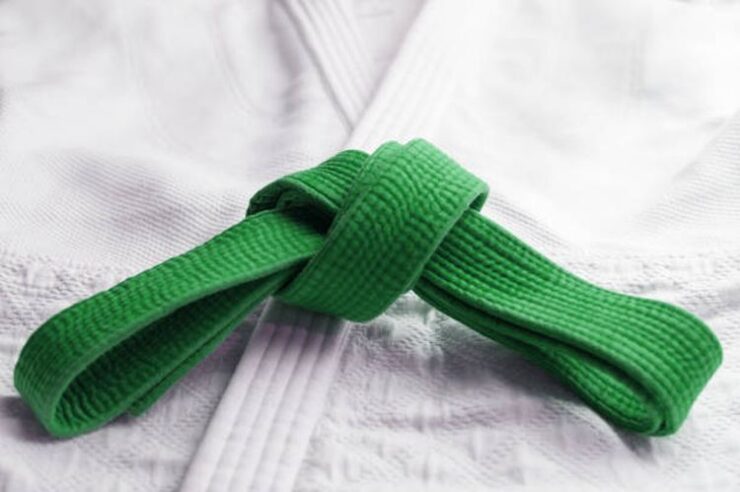
Color of plants, grass, and forest. The symbolic meaning of the green belt is that each wearer is capable of processing light and giving new fruits, and new solutions. Now it is already considered that the candidate is quite serious in his intentions and if he thought about giving up earlier, now he is not thinking about it anymore, because he will soon be applying for the blue belt.
Blue Belt
Symbol of the sky, life, distance, ocean. This belt is deserved by a person whose efforts and desires reach the horizon. His visions reach the depths of the ocean.
Brown Belt
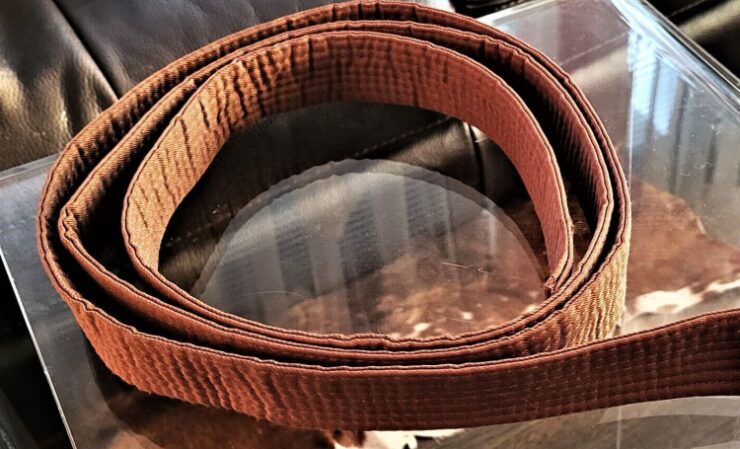
One more step and you’ve succeeded, you’ve reached master karate and all that’s left for you to do is further improve yourself. The wearer of this belt color already certainly possesses constancy and security. By passing this belt, the candidate is ready to become a karate master.
Black Belt
Finally, a black belt or a set of all colors. However, learning does not end, it just begins here. Every true athlete knows that there is always room for expanding knowledge and skills. A black belt in karate represents the beginning of practicing karate, it sounds a bit illogical, to practice for five to seven years to reach a black belt and then start practicing karate. That’s when you start correcting your own mistakes, learning from your own and other people’s mistakes, until then everything is an introduction to something you start to practice, and that perseverance of five to seven years is that love for karate and very few people stay in karate to become a master still progressing.
When Is the Right Time to Learn Karate?
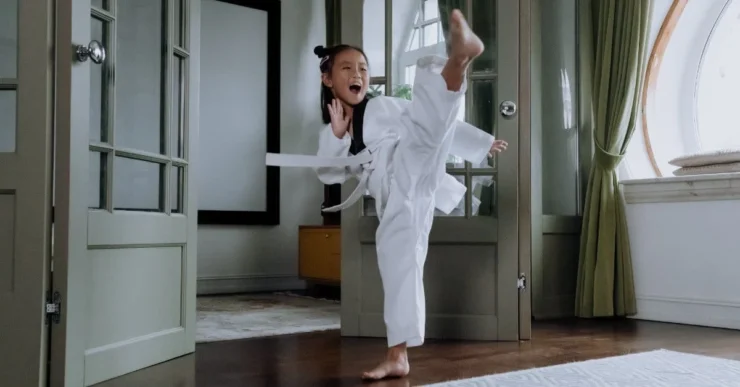
The recommendation for starting to practice this sport is in early childhood (age of 4 years). The stated limit is not a strictly defined rule, because sometimes a child who has not yet reached the age of four reacts quite maturely to training and is able to concentrate on the program, expressing a great desire to exercise and a willingness to cooperate.
Is Karate a Dangerous Sport?
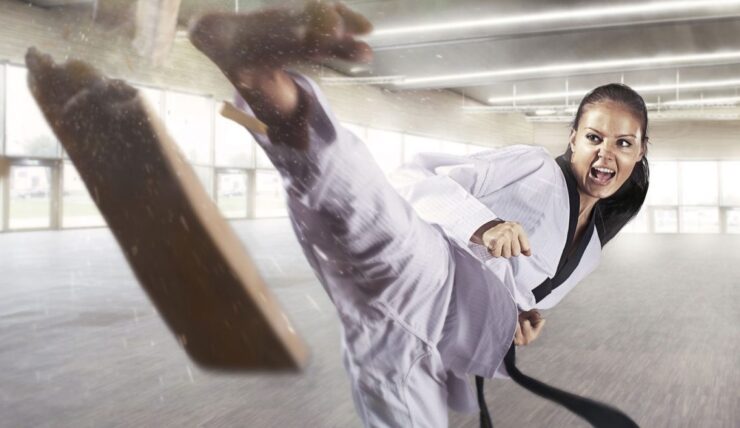
Karate is the only martial art without direct contact with the opponent. More precisely, there is contact, but it is short-lived and strong blows are not allowed, but only enough to show that the hand or foot has come into contact with the opponent. Therefore, the sport is completely harmless and is therefore recommended for all ages, as well as for girls.
When we mention a sport like karate, the most common association with the term martial art is roughness or fighting, but the importance of fighting in the sport of karate is more than mastering striking and self-defense techniques. In order for karate training to ultimately lead to success in sports, the training process forms a complex system of equalizing the motor and cognitive abilities of individuals.

